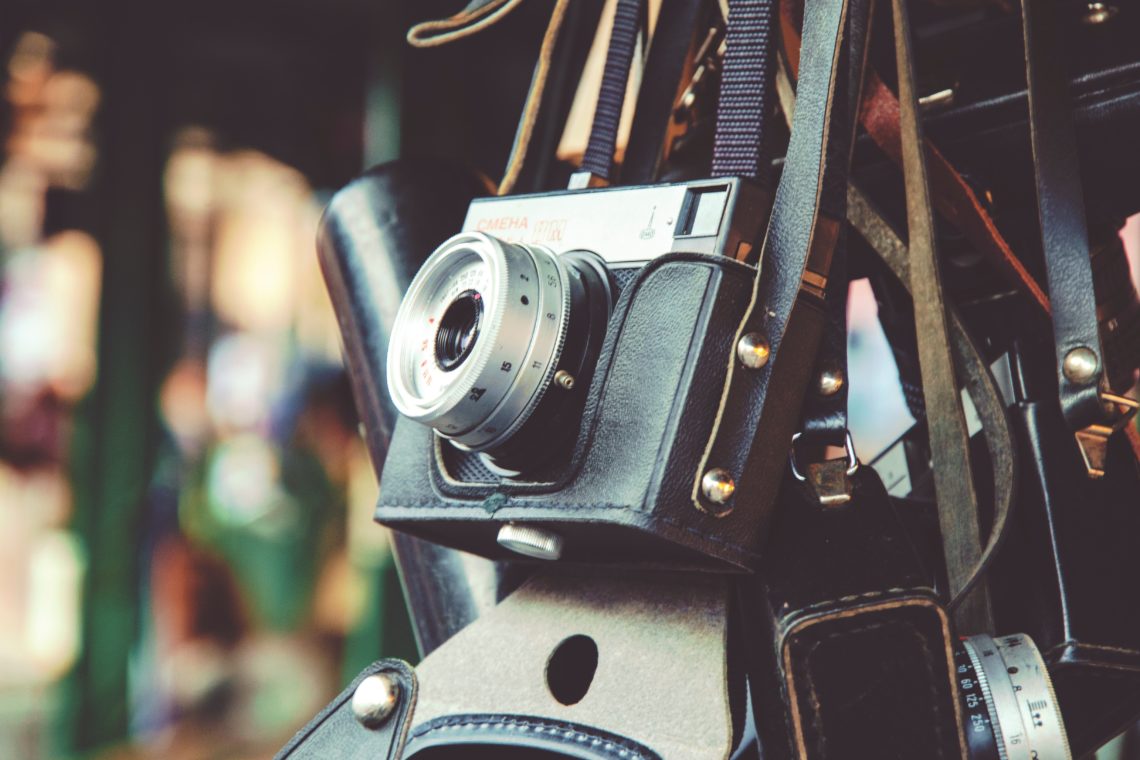The first time I read about the difficulty of photographing dark skinned people it was years ago. Like, 20th century years ago, in an article about the Indian film industry. A director was defending the practice of choosing light skinned actors by talking about how difficult it was to shoot one of the few popular Indian actors of the time who had dark skin. More recently I have seen articles in a more positive light, pun not intended, about the filming of brown skinned casts in shows like Insecure and movies like Black Panther. It’s interesting to me that even the positive articles accept pale skin as normal, whiteness as the norm.
Originally, my husband and I eloped. It took us three days from the moment of his unexpected proposal to wedded bliss. We didn’t tell anyone until it was fait accompli. The first thing my mother said was, “It’s about time!” The second thing was to ask when the ‘real’ wedding would be. We had the religious ceremony in our hometown, where we no longer lived. My mom took over the arrangements, and the bills, telling me that this was her wedding- I’d had mine in Vegas. I let her have her way because it meant more to her than to me.
Due to the timing we had no rehearsal and things were a tad chaotic. Mom hired our neighbor to be the wedding photographer. He was an amateur who had done weddings in the past. As readers of this blog know, I’m Black, African American, and my husband is white. Some of the photos came out laughably bad. The palest members of my husband’s family looked like ghosts. My neighbor, who is Black, was not told in advance this was a mixed race wedding. He had never photographed white people en masse before. It wasn’t his normal.
In the 20th century Kodak dominated film production to the point that the government had to step in to break things up in the 50s. Kodak’s “Shirley” card – which was named for an employee of Kodak who was the original model — was used to calibrate skin tones. The Shirley cards were used wherever the Kodak printers were used which meant they were used all over the world. As NPR writes, “In the early days, all of them were white and often tagged with the word ‘normal.'” This didn’t change until the 70s and it was due not from pressure from people of color but from industries with brown products; wooden furniture makers and chocolatiers. The NPR article goes on to quote Bill Pyne, the Kodak lab’s general manager. “Shirley wasn’t really about variation. She was about, ‘This is the standard.’ And truthfully, in the real world, there is no standard.” More on Kodak and the Shirley card here.
Now, by the time we had our religious ceremony in 2001 it wasn’t the film that was the problem so much as the photographer. So when photographers and cinematographers talk about the challenges of lighting for darker people of color what they are really talking about is the fact that their training, education, and experience didn’t prepare them for it. Just like my neighbor had no experience in photographing white people.
This led me to thinking about other ways that American society, and the world as a whole, accept white as the standard. I wear my hair unprocessed, though I am thinking about coloring it something outrageous, and like most naturals I’ve spent a fair amount of time on hair blogs and vlogs. Most use a system that ranks straight hair as one and kinky, coily hair like mine as a four. In other words you start with normal, straight, hair then rank hair as it deviates from that norm until you get to the most deviant hair of all.
I try to imagine a world in which the mass expansions and colonizations of the 16th through 19th centuries had happened in reverse. That the peoples of the Americas, of sub-Saharan Africa, of Southeast Asia had moved to colonize East Asia, North Africa, the Middle East, and Europe. What would that world look like? What would be normal? To end this ramble I leave you with this classic.
